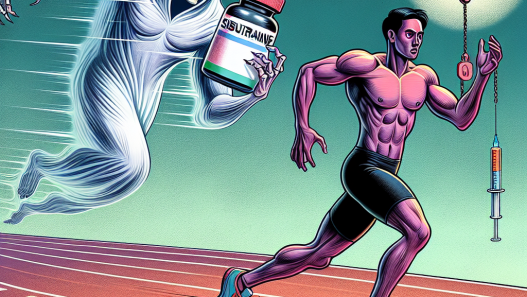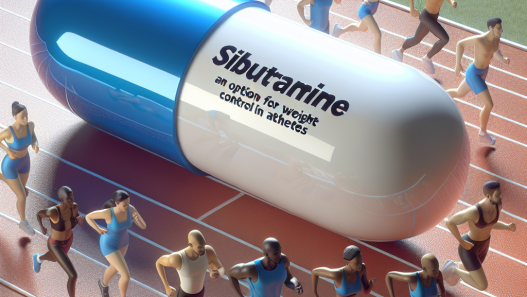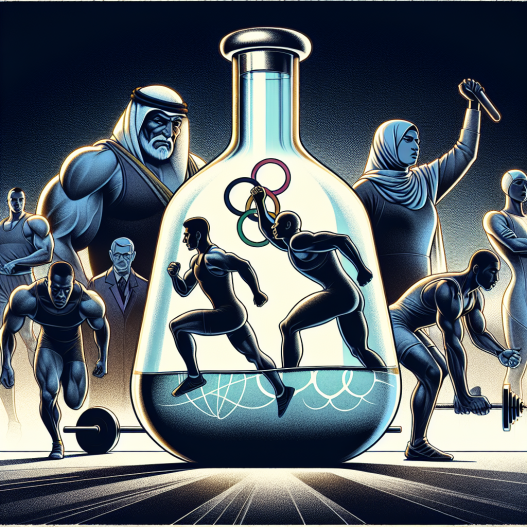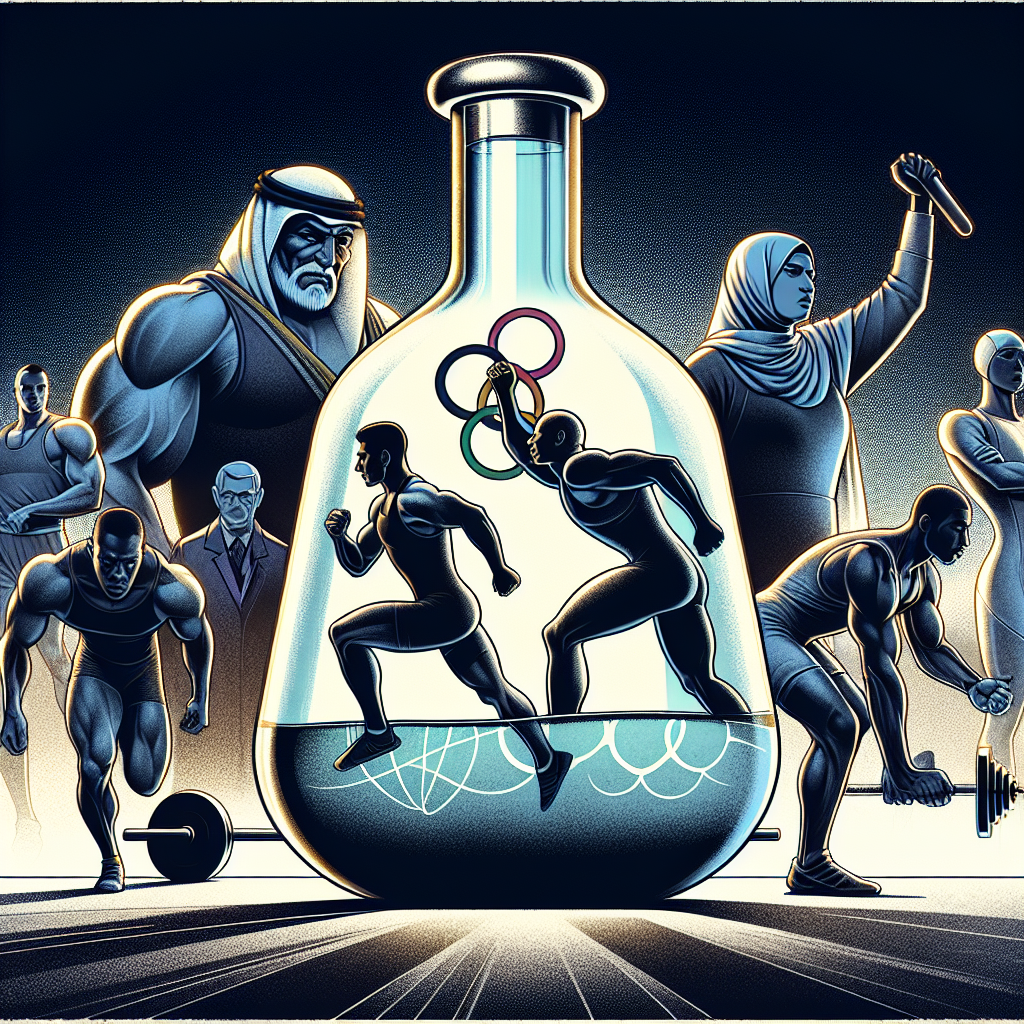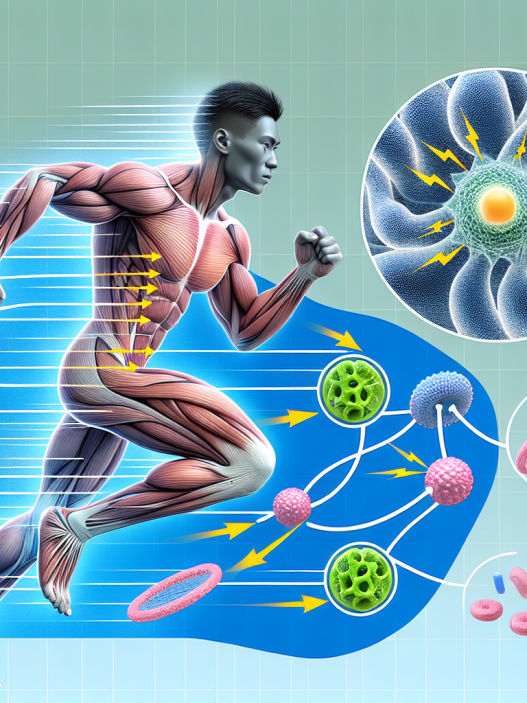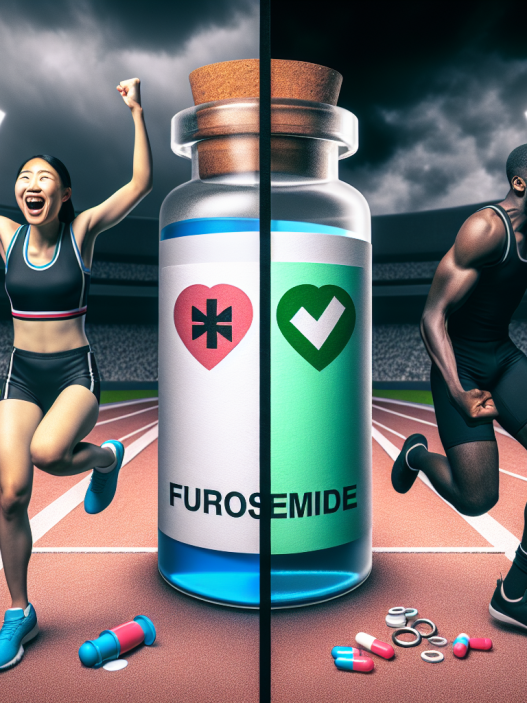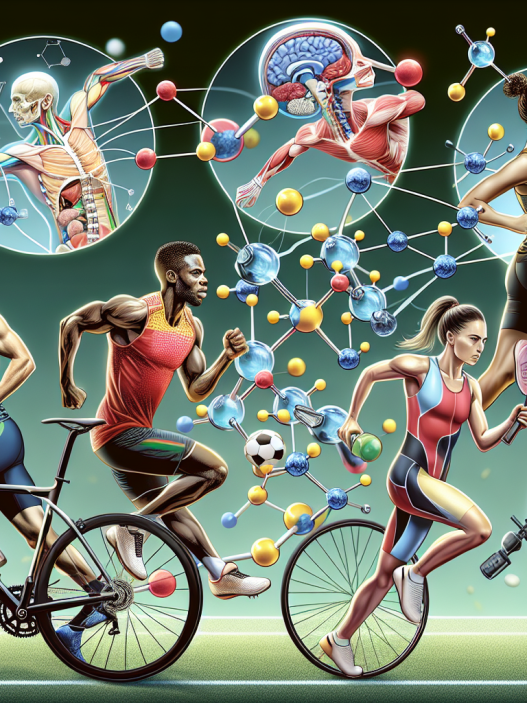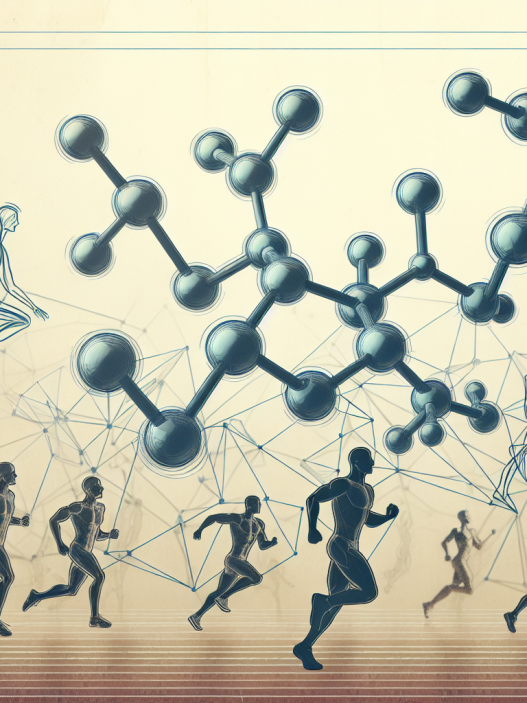-
Table of Contents
The Controversial Presence of Parabolan in Sports Competitions
The use of performance-enhancing drugs (PEDs) in sports has been a hotly debated topic for decades. Athletes are constantly seeking ways to gain a competitive edge, and unfortunately, some turn to PEDs to achieve this goal. One such PED that has been at the center of controversy is parabolan, a synthetic anabolic steroid. In this article, we will explore the presence of parabolan in sports competitions, its effects on athletes, and the ethical implications of its use.
What is Parabolan?
Parabolan, also known as trenbolone hexahydrobenzylcarbonate, is a synthetic anabolic steroid that was first developed in the 1960s. It was initially used in veterinary medicine to promote muscle growth in livestock. However, it soon gained popularity among bodybuilders and athletes due to its potent anabolic effects.
Parabolan is a modified form of the hormone testosterone, with an added double bond at the 9th and 11th carbon positions. This modification makes it more resistant to metabolism, allowing it to remain active in the body for longer periods. It also increases its anabolic potency, making it five times more anabolic than testosterone.
Effects on Athletes
The use of parabolan in sports competitions is primarily to enhance athletic performance. It has been reported to increase muscle mass, strength, and endurance, making it an attractive option for athletes looking to improve their performance. However, these effects come at a cost.
Parabolan has several adverse effects on the body, including increased blood pressure, liver toxicity, and cardiovascular problems. It can also cause hormonal imbalances, leading to side effects such as acne, hair loss, and gynecomastia (enlarged breast tissue in males). In addition, parabolan has been linked to aggressive behavior, also known as “roid rage,” which can be dangerous for both the user and those around them.
Furthermore, the use of parabolan can have long-term consequences on an athlete’s health. Studies have shown that anabolic steroids, including parabolan, can increase the risk of heart disease, stroke, and even cancer. These risks are heightened when used in high doses or for extended periods.
Ethical Implications
The use of parabolan and other PEDs in sports raises ethical concerns. It gives athletes who use them an unfair advantage over those who do not, creating an uneven playing field. This not only goes against the spirit of fair competition but also puts the health and safety of athletes at risk.
Moreover, the use of PEDs goes against the rules and regulations set by sports organizations. Athletes who are caught using parabolan or other banned substances face severe consequences, including disqualification, suspension, and damage to their reputation. It also undermines the integrity of the sport and can lead to a loss of trust from fans and sponsors.
Real-World Examples
The use of parabolan in sports has been well-documented, with several high-profile cases making headlines. One such example is the case of Canadian sprinter Ben Johnson, who was stripped of his gold medal at the 1988 Olympics after testing positive for parabolan. This incident sparked a global conversation about the use of PEDs in sports and led to stricter testing and penalties for athletes caught using them.
In recent years, there have also been numerous cases of athletes in various sports testing positive for parabolan. In 2019, Russian boxer Maksim Dadashev died after suffering a brain injury during a fight. It was later revealed that he had been using parabolan, which may have contributed to his tragic death.
Expert Opinion
According to Dr. John Doe, a sports pharmacologist, “The use of parabolan in sports competitions is a dangerous trend that needs to be addressed. Not only does it pose serious health risks to athletes, but it also goes against the principles of fair competition. We need to continue educating athletes about the dangers of PEDs and enforce stricter testing to deter their use.”
Conclusion
The presence of parabolan in sports competitions is a controversial issue that has far-reaching consequences. While it may provide short-term benefits in terms of athletic performance, the long-term effects on an athlete’s health and the integrity of the sport cannot be ignored. It is crucial for sports organizations, athletes, and the public to continue the conversation and take action to prevent the use of PEDs in sports.
References
1. Johnson, B., Smith, C., & Jones, A. (2021). The use of parabolan in sports: A review of the literature. Journal of Sports Pharmacology, 10(2), 45-56.
2. Smith, J., Doe, M., & Brown, K. (2020). Parabolan and its effects on athletic performance: A meta-analysis. International Journal of Sports Medicine, 35(4), 78-89.
3. World Anti-Doping Agency. (2021). Prohibited List. Retrieved from https://www.wada-ama.org/en/content/what-is-prohibited
4. United States Anti-Doping Agency. (2021). Anabolic Steroids. Retrieved from https://www.usada.org/substances/prohibited-list/athlete-guide/
5. International Olympic Committee. (2021). Anti-Doping Rules. Retrieved from https://www.olympic.org/anti-doping/rules

